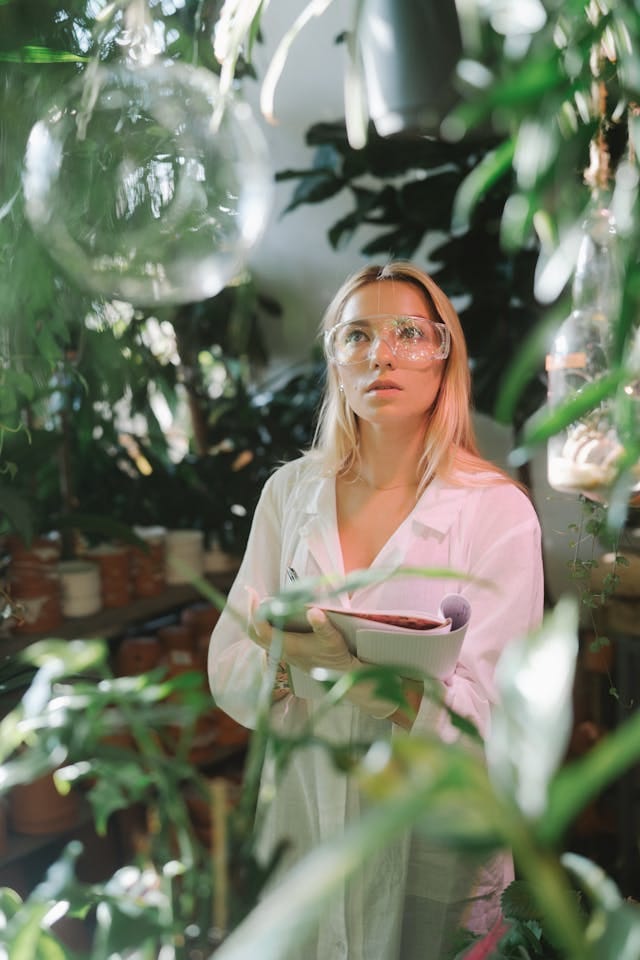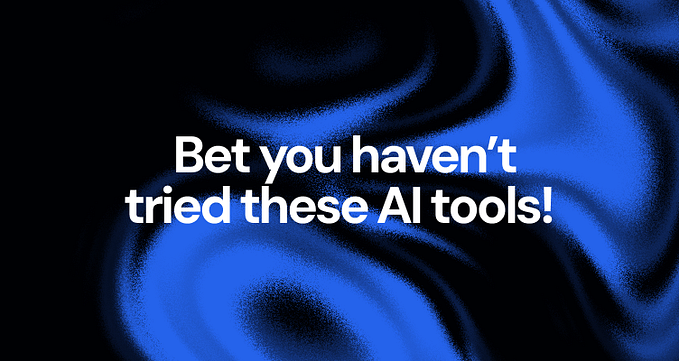Member-only story
How junior designers can use ChatGPT without risking everyone’s trust
How to make use of the productivity boost AI offers without running into issues.

AI-based tools like ChatGPT have posed an unfair question to the UX community: Do you have enough experience to use it effectively without losing everyone’s trust?
That’s the view Jakob Nielsen, co-founder of the Nielsen Norman Group, has taken. He states that “AI Is Safest for Experienced UX Professionals” since you need enough experience to include a heavy dose of human judgment to incorporate AI into your Design workflow.
This is because UX fundamentally hinges on trust. Both the user and your team need to trust that your Design is based on best practices, evidence, and intuition instead of from an AI prompt.
So the unfair question AI poses to Junior Designers is simple: can we still trust your work if we find out you use tools like ChatGPT and MidJourneyAI within your work process?
To understand why that’s important, we need to look at UX’s history.
UX has been establishing trust for decades, and AI challenges that
UX and Design have always been future-facing, as we’re often designing features and products that have never existed. In addition, many of the products we create require a fundamental shift in user thinking.
This is why building trust has been a crucial part of the design process. Whether introducing users to inputting their credit card information online in the 90s or getting them to hop in strangers’ cars with Uber, we’ve always needed to help establish trust as a part of our design process.

Generative AI, like ChatGPT and Midjourney AI, can potentially ruin that trust. Not only users but businesses lose trust in websites, content, and more created entirely by AI.
Right now, it’s also one of the surest ways to ruin your reputation as a content creator.





